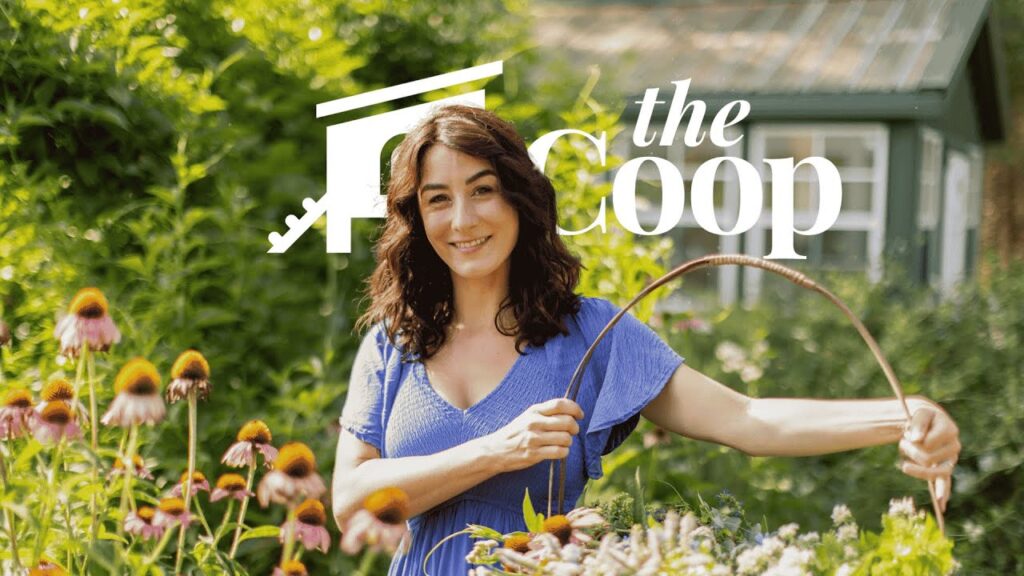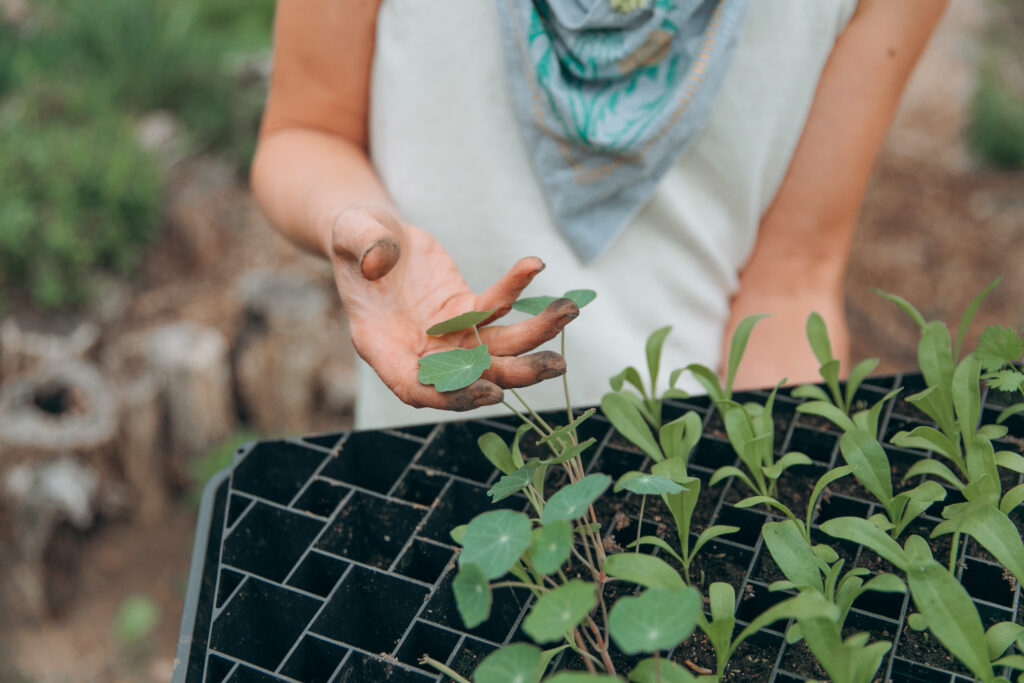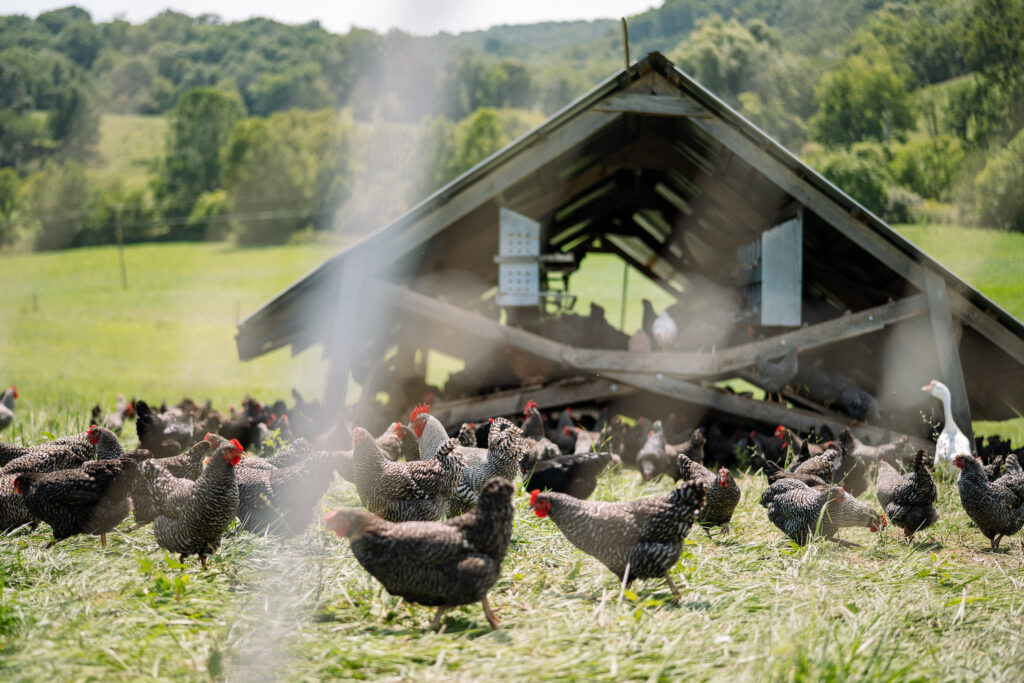Are you fascinated by mushrooms, yet find them a bit intimidating? Would you love to add mushroom foraging to your repertoire of skills, but you’re not sure where to start?
These enigmatic organisms, distinct from both plants and animals, play essential roles in shaping our ecosystems and supporting life on Earth. While there are many ways mushrooms can be beneficial to us, in this article we’ll focus on foraging for edible wild mushrooms, or as I like to call it, “mushroom hunting.”
Getting Started
If you’re new to mushroom hunting, you’ll need to build some foundational skills and experience. Here are 10 tips to help you get started.

Learn the basics
Get familiar with mushroom anatomy (cap, stipe, pores, gills, etc.) and life cycle, key identification features (shape, size, habitat, etc.), and key terminology (spore prints, mycelium, fruiting body, etc.). This foundational knowledge will equip you with the skills needed for safe and successful foraging.
Start exploring
The best way to learn is by doing. Head into the woods, observe the mushrooms in their natural habitat, and then bring them home for further study.
Join a local mushroom club
Many mushroom clubs organize mushroom walks and forays, which remove the intimidating aspects of getting into foraging. It is a great way to gain hands-on experience and learn from local experts. The North American Mycological Association (NAMA) website has a list organized by state.
Learn to identify local deadly species
Before you start foraging for any mushrooms, get familiar with the ones that can kill you in your area. Despite popular belief, there aren’t that many of them worldwide (around 80 described species) and the number of local species will be much smaller.
Start with the unmistakable ones
Learn how to identify a few common and easily recognizable edible mushrooms that have no toxic look-alikes. These include chanterelles (Cantharellus), trumpets (Craterellus), chicken of the woods (Laetiporus), hedgehogs (Hydnum), or dryad’s saddle (Cerioporus squamosus). We’ll look at some of these in greater detail below.





Learn about mushroom habitats
Understanding where mushrooms grow is crucial. Different species thrive in specific environments, such as deciduous forests, coniferous woods, or grasslands. Learn to recognize these habitats to increase your chances of finding what you’re looking for.
Don’t risk it
Never consume a mushroom unless you are 100% certain of its identification. Many edible mushrooms have toxic look-alikes. Consult a local expert and exercise caution when relying on IDs from online communities. When in doubt, throw it out!
Respect nature
Follow sustainable foraging practices. Only take what you need and avoid damaging the surrounding environment. Be mindful of local laws and regulations, private property, and protected areas. Leave no trace—not only to protect the environment, but also to keep your hunting spots secret!
Practice patience and persistence
Mushroom hunting requires patience and keen observation skills. You may not find mushrooms every time you go out, but each trip is a learning experience that will improve your skills.
Cook and enjoy
Once you’ve successfully identified and harvested edible mushrooms, experiment with different recipes. Mushrooms are high in protein and can even be used as a delicious meat substitute in meals. The possibilities are endless!
Four Edible Mushrooms You Can Easily Identify
Let’s look at some easily recognizable mushrooms that grow in the fall and that you’re likely to find once you start looking!
Black Trumpets (Craterellus sp.)
These mushrooms are a bit of an oxymoron, because despite their unappetizing appearance and a common name referencing death (in France, they are called trompette de la mort—trumpets of the dead), they are extremely delicious!
How to identify them
They are black and funnel-shaped without a clearly defined stem and cap—when you slice them open, they are hollow. They are characterized by a smooth or slightly wrinkled underside and a gray or black, thin and brittle flesh. They grow abundantly on the ground, either singly or in clusters.
Where and when to look for them
On the East Coast, they grow from mid-July to November in deciduous and mixed forests, preferring shady and moist habitats with oak, pine, or hemlock. On the West Coast, they grow from November through March in coastal forests in association with tanoak.
Chicken of the Woods (Laetiporus sp.)
Also commonly known as the sulfur shelf, this polypore mushroom is known for its similar taste and texture profile to chicken. While popular with many foragers, it is also famous for giving gastrointestinal upset to many—make sure you cook it long enough or parboil it first before using in a recipe.
How to identify it
It starts as a bright yellow knob-shaped blob that develops into overlapping, fan-shaped brackets on fallen or standing tree trunks. The caps are most often bright orange with yellow margins and tiny yellow pores on the underside. The flesh is white and soft when young, unchanging in color when bruised.
Where and when to look for it
On the East Coast, you can most often find it in late spring and early summer and then in the fall. Look for it in forests and parks, where it grows on a wide variety of host trees, such as oak, poplar, aspen, willow, locust, and beech, as well as stone fruit trees and pear trees, but also hemlocks. On the West Coast, it grows on oaks, conifers, and eucalyptus trees.
Hedgehogs (Hydnum sp.)
Hedgehogs are popular and sought-after wild edibles on par with chanterelles. They are also one of the safest mushrooms to forage for, because there are no known toxic lookalikes.
How to identify them
These meaty, pale orange mushrooms with stipes and wavy caps have teeth (pendant, tooth-like projections upon which they produce spores) on the underside, instead of the more common gills or pores. The flesh is white, slowly staining ochre to medium, brownish-orange.
Where and when to look for them
They grow in similar habitats to chanterelles, in conifer-dominated forests or mixed woods, often associating with pine, hemlock, fir, oak, beech, and birch. On the East Coast, they start coming up in July, growing until November, while on the West Coast, they appear over winter.
Wood Blewits (Collybia nuda)
Known for their lilac color, wood blewits are versatile in the kitchen. You can find them in cooler months, when other mushrooms have stopped growing, however, identifying them can be tricky and gaining confidence to eat them can take you several seasons.
How to identify them
They are medium-sized, fleshy mushrooms with a cap and stipe. Caps are smooth, lilac to buff in color, with crowded gills underneath. The stipe is stocky with a bulbous base and has no ring. The flesh is lilac and unchanging. Spore print is white. Poisonous lookalikes (Cortinarius sp.) have a partial veil or cortina covering gills and rusty orange spore prints.
Where and when to look for it
These mushrooms love cooler weather and easily survive frost. Look for them in late summer and fall, and even during mild winters and occasionally late spring. They are saprobes, growing on decaying leaf litter and organic debris, in deciduous and mixed woods, throughout grasslands, along paths and roadsides, and in urban settings like parks and gardens.
These are but a few of many edible wild mushrooms that are just waiting for you to find them and put them to good use in the kitchen. If you’re intrigued and want to learn more, I invite you to deep dive into all aspects of mushroom identification and foraging in my new book Hunting Mushrooms: How to Safely Identify, Forage, and Cook Wild Fungi. You’ll learn how to recognize major mushroom groups (a bolete vs. an amanita, for example), as well as how to confidently identify over 25 of the most common edible, medicinal, and toxic mushrooms (and their lookalikes) in North America.
At the end of the day, mushroom hunting offers a unique blend of adventure, learning, and culinary delight. As you venture into the woods with your newfound knowledge, you’ll discover the many benefits of connecting with nature and sourcing your own food.
Remember, the key to successful foraging is patience, respect for the environment, and a continuous willingness to learn. With each foray, your confidence will grow, and soon you’ll be able to enjoy the rich flavors and health benefits that wild mushrooms bring to your table.
Happy hunting, and may your baskets always be full!

Ingredients
- For the Pastry
- 2 1/2 cups all-purpose flour
- 10 tablespoons butter cold, cut into small cubes
- 2 egg yolks
- 1 teaspoon salt
- 1-4 tablespoons cold water if needed
- For the Filling
- Cooking oil such as olive oil or avocado oil (as needed)
- Butter as needed
- 8 ounces leeks sliced into rounds
- 9 ounces wild or store-bought mushrooms sliced
- 5 ounces Hokkaido or butternut squash cut into medium cubes
- 6 eggs
- 7 ounces ricotta cheese
- 3 1/2 ounces heavy whipping cream
Instructions
- Directions
- Step 1: Make the Pastry
- In a large mixing bowl, combine the flour and the salt. Add cold, cubed butter and use a pastry cutter or fork to mix until the texture is coarse crumbs.
- Add lightly beaten egg yolks and mix until the dough starts to come together. Use your hands to form a cohesive ball, adding cold water one tablespoon at a time if needed. Wrap the dough in plastic wrap and refrigerate for at least 30 minutes.
- Step 2: Prepare Filling
- Heat cooking oil in a pan over medium heat. Cook sliced leeks until softened and caramelized, then set aside. In the same pan, sauté mushrooms. Season mushrooms with salt and pepper and set aside.*
- In a large bowl, whisk eggs until beaten, then add ricotta cheese and cream. Mix until combined and season with salt and pepper.
- Step 3: Assemble the Quiche
- Butter your quiche dish and preheat your oven to 390°F (200°C). Roll out the chilled dough on a floured surface to an even thickness.
- Transfer to the quiche pan, pressing into the bottom and sides, and trim any excess. Prick the bottom with a fork and prebake for 10 minutes.
- Arrange sautéed leeks, mushrooms, and squash on the prebaked crust. Pour the egg mixture over the top, ensuring even distribution. Decorate with cutout mushroom shapes from leftover dough if desired. Bake for 30-40 minutes until the filling is set and the top is golden brown. Let cool before serving.






Leave a Reply